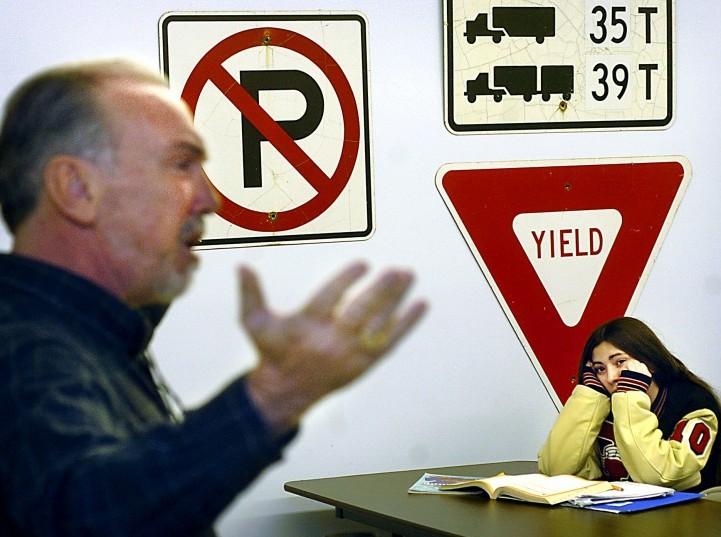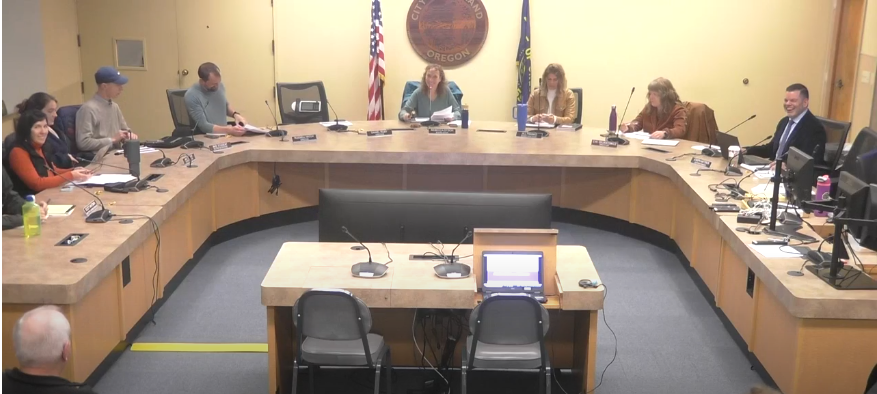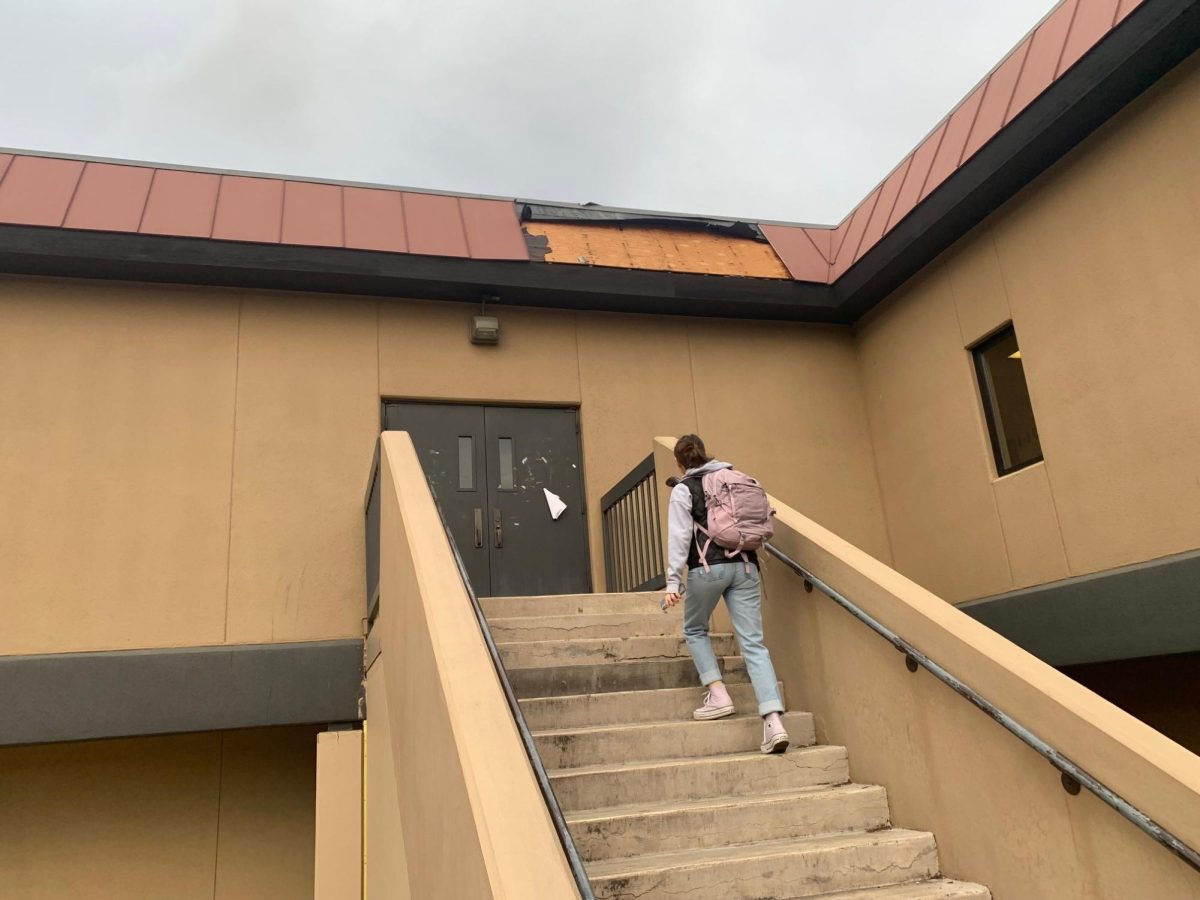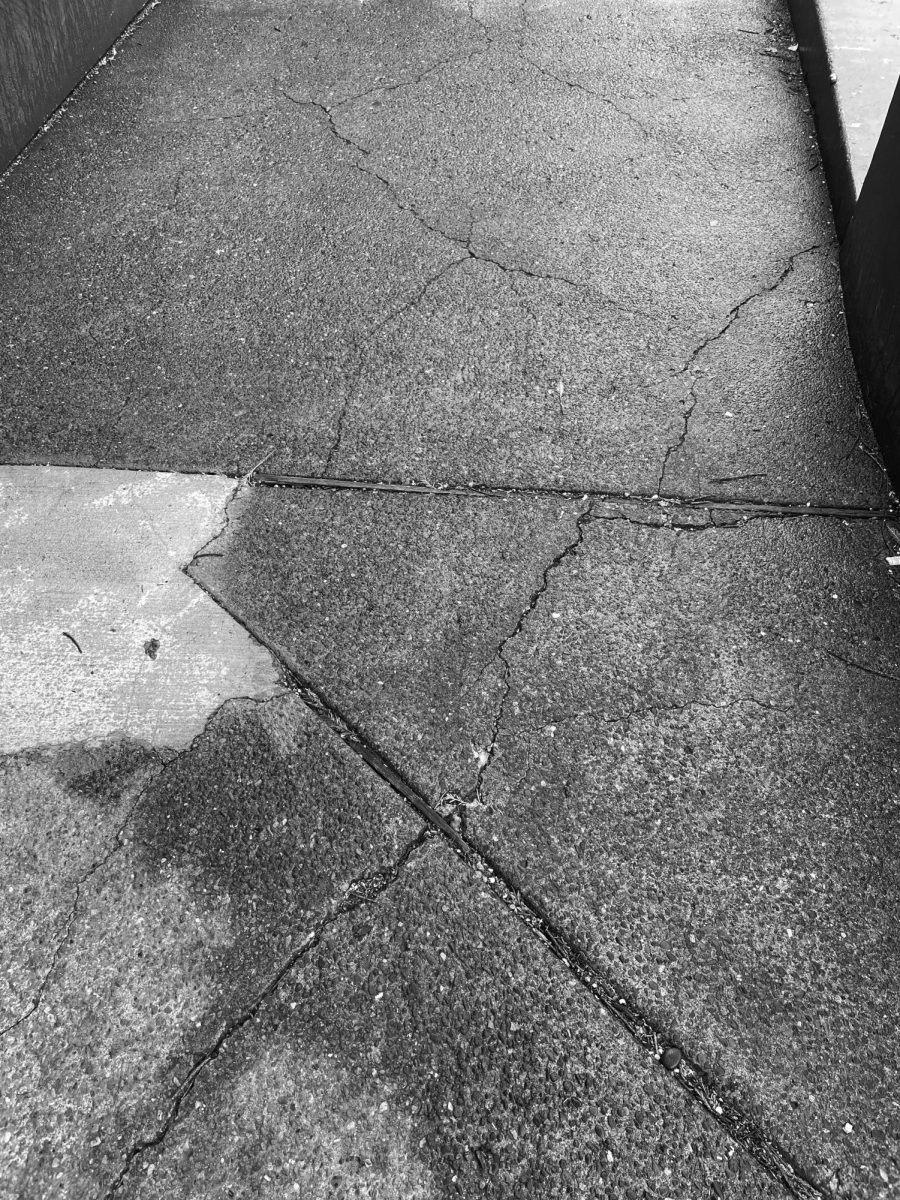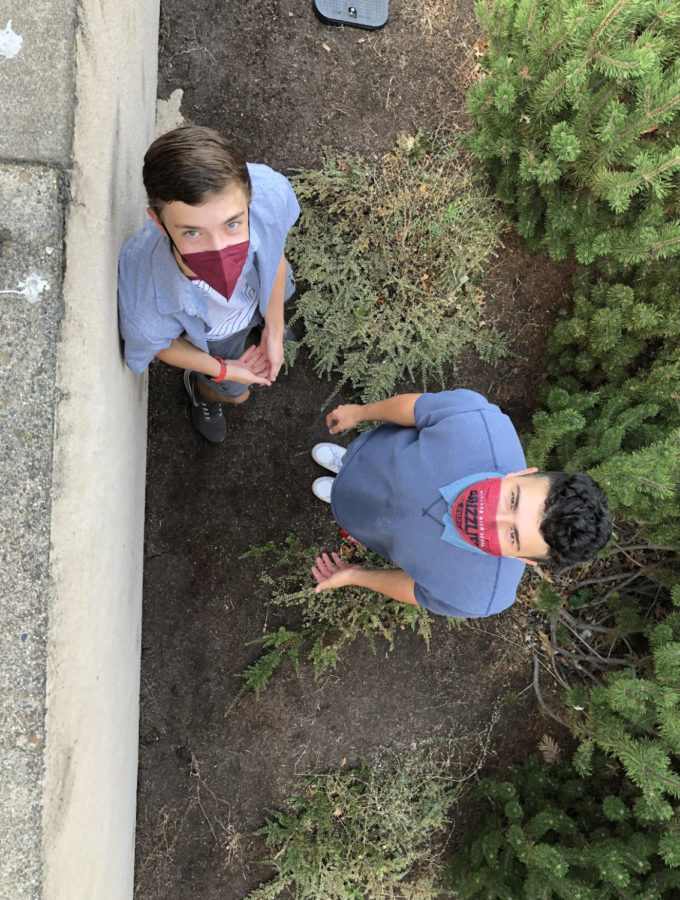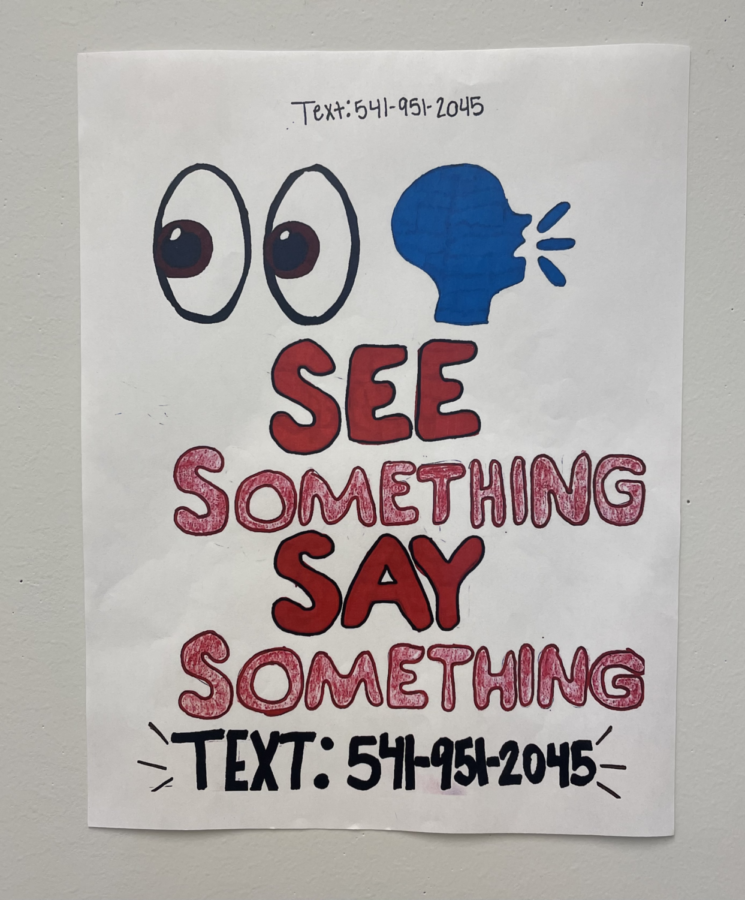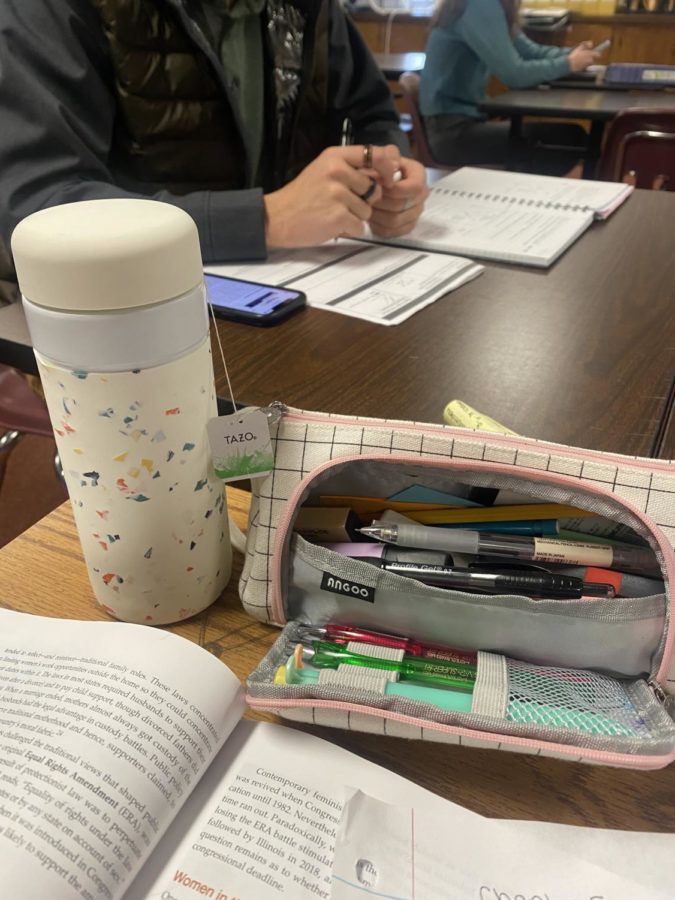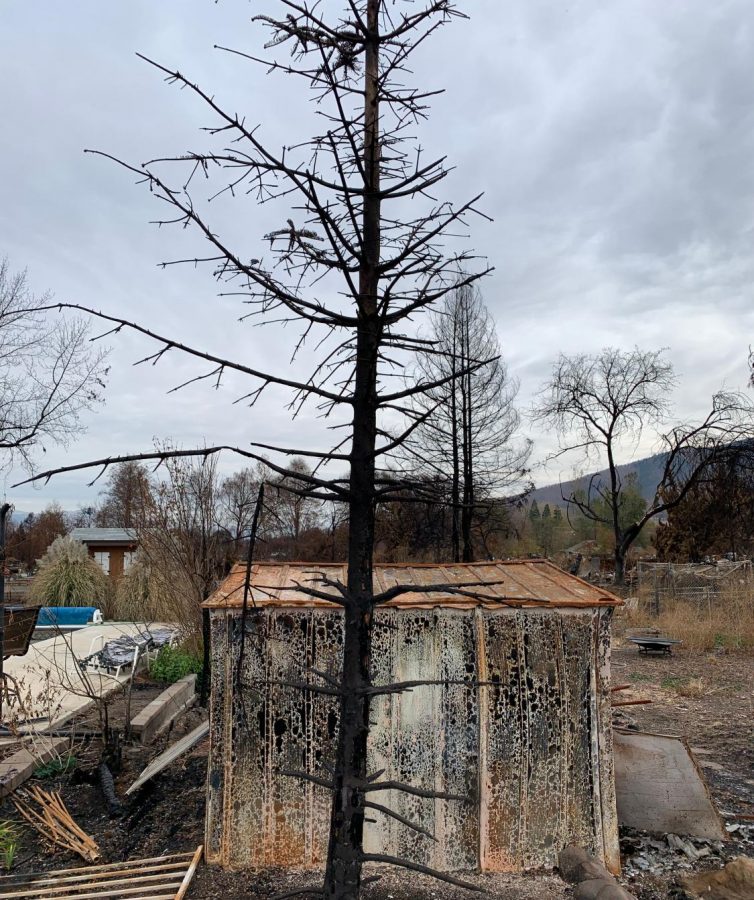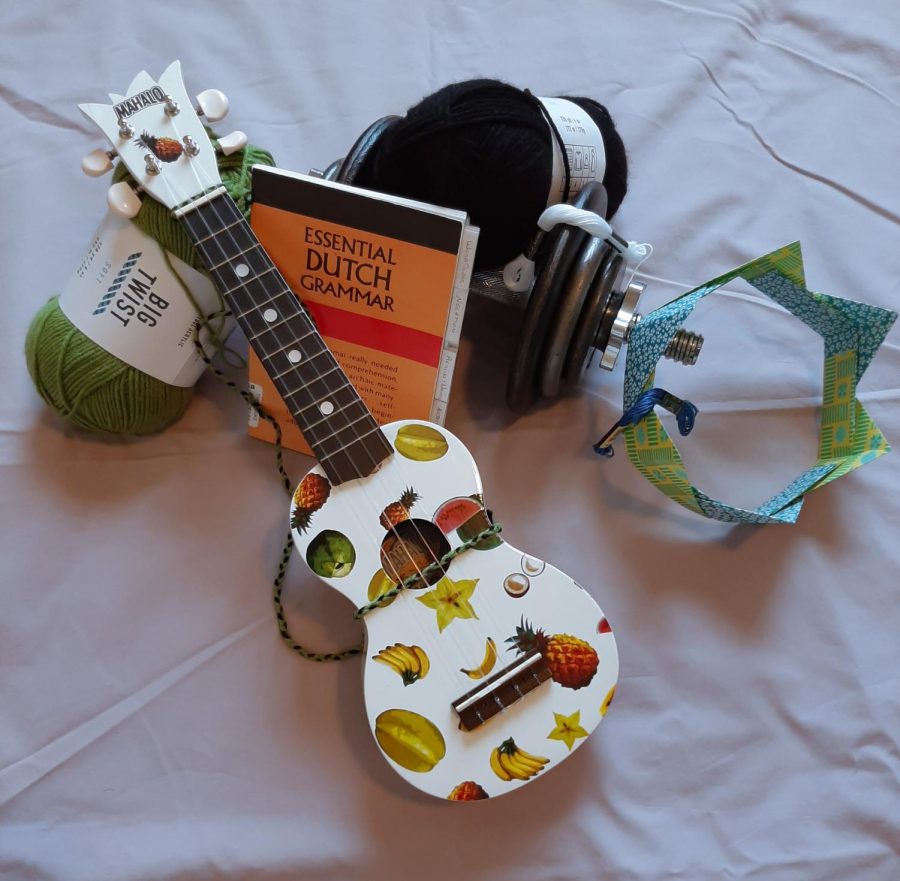 The majority of high school students are past the ripe age of 15 and are ready to jump into the drivers seat. So when once you’ve passed the test, have your permit, and are legally allowed to drive on the real road, what do you do? Are you going to just hop into the car and go? It’s time to think back into the depths of your brain to a little class called Driver’s Ed?
The majority of high school students are past the ripe age of 15 and are ready to jump into the drivers seat. So when once you’ve passed the test, have your permit, and are legally allowed to drive on the real road, what do you do? Are you going to just hop into the car and go? It’s time to think back into the depths of your brain to a little class called Driver’s Ed?
Driver’s education, most commonly referred to as driver’s ed, is a formal class that helps you prepare as a new driver to obtain your driver’s license. Driver’s education is intended to supplement the knowledge obtained from official state driving handbooks and prepares students for tests to obtain a driver’s license. In-car instruction places a student in a vehicle with an instructor. The car is fitted with dual controls, which means it has pedals or other controls on the passenger side that can be used during instruction for safety reasons. Driver’s education is available through Rogue Community College in Medford and can take place in many locations throughout the Rogue Valley. The most recent price for driver’s education from RCC is $259.
You may think, so what? Why should I pay hundreds of dollars to sit in a classroom and drive in a car with some person? Well, the advantages greatly outweigh the disadvantages. The majority of the people who take driver’s education, are attending for the reduced insurance rate it gives and the required 100 hours on the road needed for a license is reduced to 50 hours. For many insurance companies, by taking driver’s education you can save 15% for three years, which definitely adds up.
“It’s a long class, but it’s worth it because you learn lots of new things that your parents didn’t learn when they were our age. It is really worth it in the long run,” sophomore Rachel Kaiser states.
The most important part of driver’s education is the knowledge and skills you will acquire by taking the class. Look at it as getting a head start on being the best possible driver you can be. Spending the $260 at this point in time to learn something about what you will probably be doing for the rest of your life is a pittance compared to knowing what to do in a situation that will save you considerably more – including yours or someone else’s life.

